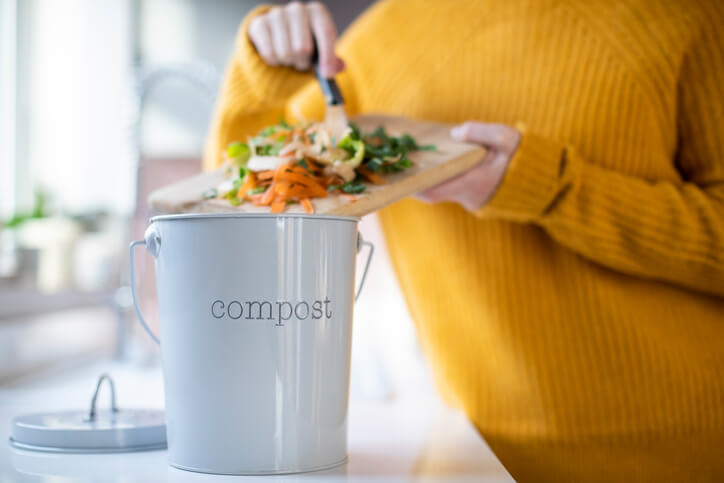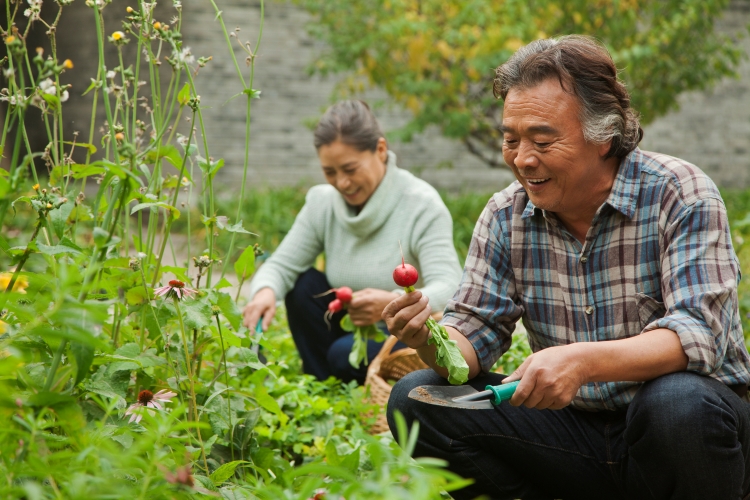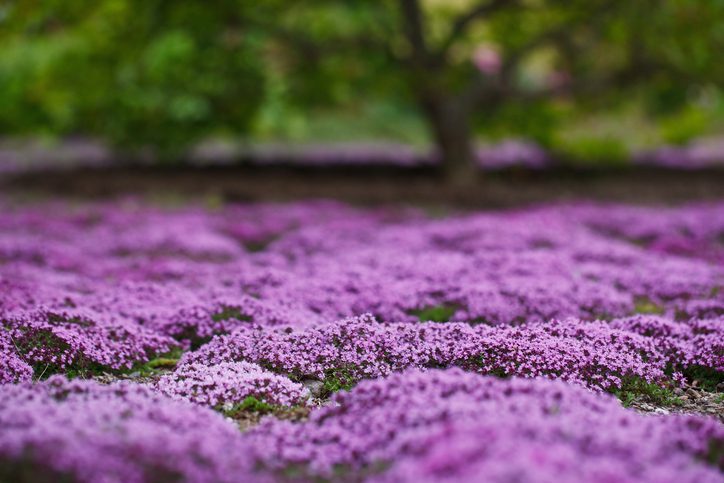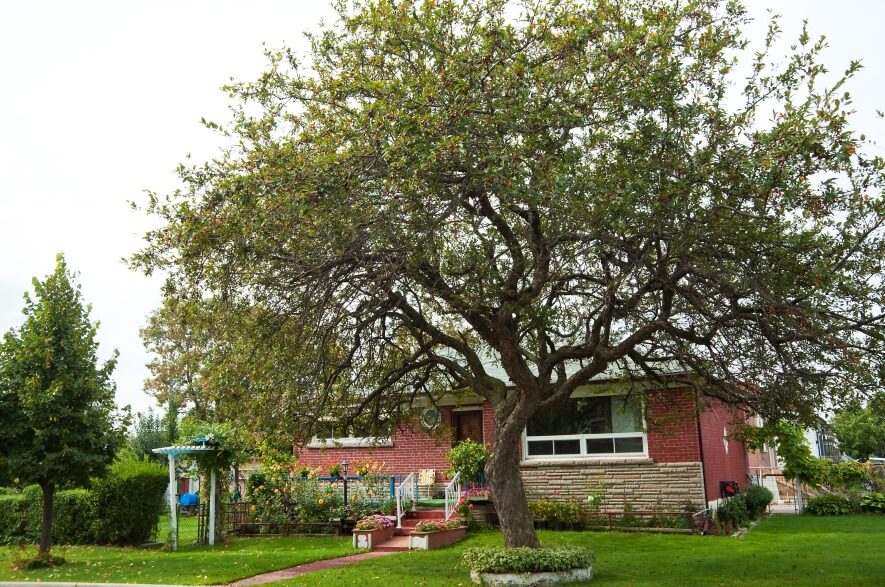Are you looking for a natural way to improve your garden? Or maybe you’re on a mission to reduce your household waste. Whether you’re interested in a prettier flower garden, a more bountiful vegetable harvest or minimizing your contribution to the local landfill site, home composting could be your solution.
What is Composting?
Compost is decayed organic green matter, such as dead leaves or food scraps, and can be used for fertilizing soil.
Composting is the process by which moisture, oxygen and bacteria break down organic matter. This results in a brown, soil-like substance called compost. This process can happen without human intervention, but it takes time. Yet there are many things we can do to hurry that process along.
Four Reasons to Compost
Why compost? Composting has many benefits for your country, community and household.
1
Reduce Household Waste
When you compost, you reduce the amount of household waste that gets sent to the landfill site each year. These sites can be unsightly, stinky, and they can also generate methane, a dangerous greenhouse gas.
Americans produced millions and millions tons of waste, according to the Environmental Protection Agency (EPA). To add to this, the non-profit organization Feeding America reports that 72 billion pounds of food gets wasted annually in America. And a study by Penn State found that American households throw out 31.9% of the food they buy each year!
According to Composting in America, composting could lower the amount of organic waste collected by at least 30%.
2
Reduce Your Carbon Footprint
Composting and reducing your household waste means you’ll produce less trash for pickup. This means fewer garbage trucks on the road and fewer carbon emissions—both from the reduced vehicle exhaust and from the methane generated by organic waste in the landfill.
3
Great for Your Garden
Not everyone has access to great garden soil or potting soil. You can use compost instead of soil to start growing herbs, flowers, shrubs or vegetables. The EPA reports that adding compost to your garden or backyard improves the moisture retention of soil and can even increase agricultural yield. So if you live in a dry area with water restrictions, using compost can improve your lawn and garden when you can’t turn on the sprinkler. You can also use it as mulch around trees and shrubs.
4
Composting Saves You Money
When you compost, you’ll save money in several ways. You won’t have to invest in fertilizer, potting soil or mulch, not to mention saving on supermarket produce due to the vegetables it can help you grow in your backyard garden.
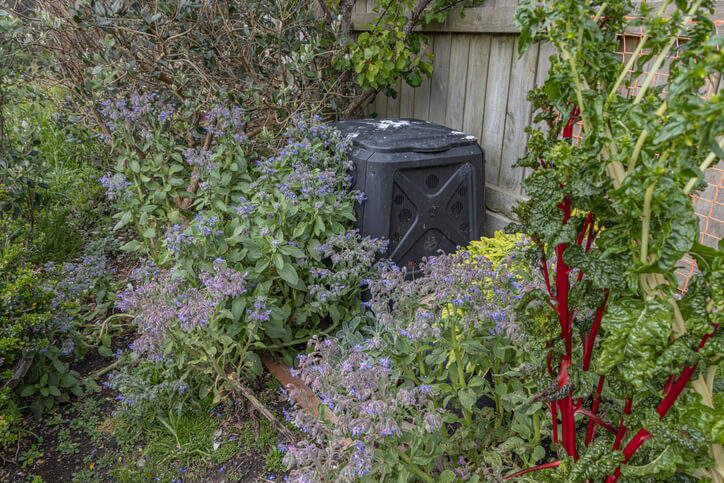
Composting Methods
There are several different ways to compost. Some are better suited for smaller households, while others work well for large families and even businesses.
- Onsite composting works for small-scale compost production because it occurs on the same site it was generated. For example, a family with a kitchen-counter composter or backyard compost bin is using the onsite composting method.
- Vermicomposting uses red worms to accelerate the composting process and produce high-quality potting soil and fertilizer. Worm farms sell these and you can add them right into your household compost.
- Aerated static pile composting refers to loosely layering organic matter in a heap, including layers of bulking agents like wood chips or shredded newspaper to allow air to pass through the pile to help the composting process. It’s easy to set up an aerated static pile (often known as a compost heap) in a corner of your backyard, and even easier to add to your compost each evening. However, an open pile can attract wildlife and might even break the by-laws of your region or state.
You can buy a compost bin for your kitchen counter or backyard online or from a local building supply or hardware store. Some cities and municipalities also offer compost bins to residents at a low cost to encourage composting in their areas.
You could even make your own simple outdoor compost bin using a large plastic storage container. Cut off the bottom of the tote and drill air holes in the sides and on top to allow oxygen into the compost. Place it in a corner of your garden and add your food and yard waste to it regularly.
How to Start Composting at Home
The best way for you to compost at home depends on several things, including where you live, the amount of organic waste your household generates, how much hands-on work you’ll want to do, and the type of organic waste you produce. You’ll also need to consider the climate and wildlife in your area.
While an open compost heap or bin is simple to maintain, it might attract bears, coyotes and raccoons. And these critters can quickly make a mess of your property.
To get started composting at home, you’ll need to make sure you’re complying with the laws in your area. Find out about your state’s composting laws and regulations by looking through the U.S. Composting Council’s free list.
Next, decide on the type of composting set up best suited for your household.
Location and Food Waste Generation
Choosing the best composting method for you depends on a few things. First, do you prefer to compost indoors or outdoors? Second, look at how much household waste you produce daily, like:
- Vegetable and fruit scraps
- Coffee grounds
- Eggshells
- Grass clippings
- Leaves
- Brush
- Plain paper waste
A large family might need daily trips to a large compost bin or heap outdoors in the backyard.
On the other hand a single person or couple might do just fine with a kitchen countertop (or under-the-counter) compost bin with a charcoal filter to keep the smell down. This can also be a good solution for condo owners or apartment dwellers who might not have easy access to a backyard.
If you like the idea of composting your food waste and organic matter but don’t want the resulting compost, consider donating it to your local community garden. Some urban and suburban areas even offer city-wide compost pickup. With this service, compost gets collected regularly and composted in one large municipally-run aerated or turned windrow area. The compost might be used for area parks and gardens or sold back to the community at a nominal price.
What to Compost
Many of the food items typical American families buy or produce can be added to compost. These include:
- Vegetable peelings and scraps
- Fruit peelings, scraps and cores
- Coffee grounds
- Teabags
- Eggshells
- Plain paper
- Wood shavings
- Cardboard egg cartons
- Grass clippings
- Dry leaves
- Small twigs and branches
- Wood ash from a fireplace or wood stove
- Nutshells and seeds
- Livestock manure (including chickens and rabbits)
- Straw
- Hay
What NOT to Compost
It’s just as important to know what shouldn’t get added to your compost. Including the wrong ingredients can inhibit the organic matter from breaking down into humus, the brown soil-like matter that can help your garden. Don’t add any scraps that include:
- Dairy products
- Meat
- Synthetic oils
The wrong ingredients can also attract animals and increase odor.
In various parts of the U.S. there are plants that are not recommended to be composted in an an average composter. Check with your local Agricultural Extension office for assistance, especially for moisture, soil types and crop rotation.
Creating Your Compost
Maintaining the right ratio of organic matter and regularly turning your compost are two important elements of a successful batch. For an average family sized compost, the University of Illinois suggests turning it every two weeks (with a small shovel). This gives the composting material in the middle enough time to heat up and get the process going.
Your compost needs equal parts green and brown organic matter. Your compostable kitchen scraps are mostly green matter, while brown matter includes:
- Animal manure
- Leaves
- Twigs
Remember, your compost needs the right ingredients and the right amount of moisture and oxygen. The University of Illinois suggests adding water to a dry compost pile to get it to the moisture level of a “wrung-out” sponge.
When home composting, try to alternate layers of green and brown organic matter. If your compost seems too wet, try adding shredded newspaper or small pieces of cardboard egg cartons to soak up the extra moisture.
If this all seems overwhelming or complicated, depending on where you live, there are services that will make the compost for you. If you send in your scraps, you can get the compost in return.
Composting = Uncomplicated
Home composting doesn’t need to be complicated. It’s a simple way to do your part to divert waste from landfills, and you get the added benefit of creating a natural garden booster to help your flower beds or vegetable patch.


